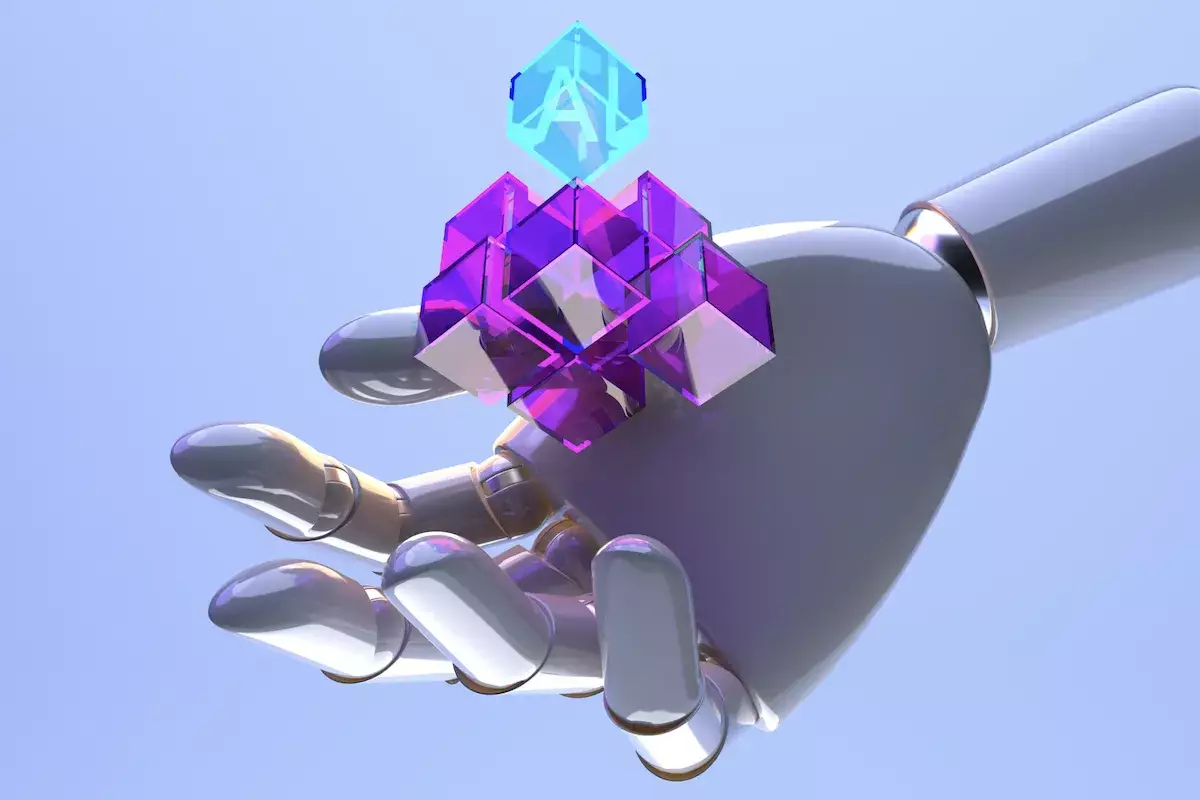Emerging technologies continually reshape the digital landscape, and the intersection of artificial intelligence (AI) and decentralized applications (dApps) is paving the way for revolutionary changes. Unlike traditional software that relies on centralized servers, AI dApps operate on self-executing code across multiple distributed nodes. This innovative approach harnesses the strengths of blockchain technology to provide enhanced security, transparency, and real-time data processing. As these applications begin to mature, they promise to optimize both user experiences and operational efficiencies within various sectors.
At its core, a decentralized application is designed to function on a blockchain or a similar distributed ledger, where every participant maintains a copy of the network’s record. This structure not only mitigates issues like censorship but also creates a robust defense against single points of failure. At the heart of each dApp lies the smart contract—an automatically executing agreement coded to perform specific actions when predetermined conditions are satisfied. For instance, when a user sends a payment, the smart contract seamlessly triggers the subsequent actions like transferring tokens or authenticating user identities. This automatic execution forms the backbone of trust in dApps, as users can independently verify transactions without relying on intermediaries.
The Role of AI in Enhancing dApps
Despite their reliability, traditional blockchain applications lack the adaptability and real-time insights that AI brings to the table. The combination of AI’s machine learning algorithms with blockchain’s immutable records elevates dApps by enabling them to analyze vast datasets, make predictions, and adapt swiftly to changing conditions. For example, in the decentralized finance (DeFi) sector, every second counts; thus, AI can significantly enhance the responsiveness to market fluctuations, translating that agility into tangible benefits for users.
The proliferation of AI in decentralized platforms introduces several noteworthy features:
1. **Real-Time Analytics**: AI can sift through extensive blockchain datasets instantaneously, identifying patterns and anomalies that would typically take much longer for human analysts to detect. This capability is especially valuable in environments like DeFi, where timely decision-making is critical.
2. **Predictive Capabilities**: Advanced algorithms facilitate better resource management and allow operators to forecast market trends. This predictive modeling helps platforms align their services with the anticipated behaviors and needs of users.
3. **Natural Language Processing (NLP)**: Innovations in NLP enable users to interact with dApps using everyday language, whether through voice or text commands. This simplification enhances accessibility, making complex transactions like minting NFTs and staking tokens easier for the average user.
4. **AI Agents**: Perhaps one of the most fascinating developments is the emergence of AI agents—autonomous software entities that can perform tasks on behalf of users with minimal oversight. By operating within a decentralized framework and governed by smart contracts, these agents help to manage tasks ranging from trading securities to analyzing large datasets.
The merger of AI capabilities with decentralized frameworks provides several advantages:
– **Data Ownership and Privacy**: Users maintain control over their data, which can be stored securely using encryption techniques. Advanced methods like zero-knowledge proofs ensure that sensitive information can be validated while still keeping it confidential.
– **Transparency and Trust**: With every action taken on a blockchain being publicly verifiable, AI dApps provide a high level of clarity in their operations. This transparency helps eliminate the opaque decision-making processes traditionally associated with centralized systems.
– **Fair Reward Distribution**: Unlike conventional tech monopolies that capitalize on user data, AI dApps leverage token-based economies to reward users directly. By contributing valuable input, users can earn tokens, thus incentivizing participation and collaboration.
Recent analytics from DappRadar reveal a notable surge in the adoption of AI-driven dApps, indicating that their appeal is resonating with an expanding user base. With reports showing that approximately 8.5% of active wallets have interacted with these applications, the uptake reflects a shifting landscape in the digital economy. Standout dApps like LOL, which humorously rewards users for genuine laughter, and Dmail Network, a privacy-centric email service utilizing AI for enhanced security, showcase the diverse applications of this innovative technology.
As the AI dApp ecosystem continues to evolve, new projects are emerging. Notably, Balance aims to create personalized AI companions tailored to individual preferences and behaviors, further exemplifying how AI dApps can enrich user experiences.
Looking forward, we can anticipate the continued advancement of AI-powered decentralized applications. With ongoing innovations in cryptography and machine learning, various industries—including finance, gaming, healthcare, and supply chains—are likely to integrate AI dApps into their operations. This pathway not only enhances security and operational efficiencies but also fosters collaborative frameworks that can significantly transform the way users interact with technology in the burgeoning Web3 landscape.
AI-driven dApps represent a significant leap forward in how we conceive software applications. As these technologies mature and proliferate, they hold the promise of a more secure, efficient, and user-centric digital environment—one where users are empowered and rewarded for their contributions in previously unimaginable ways.

